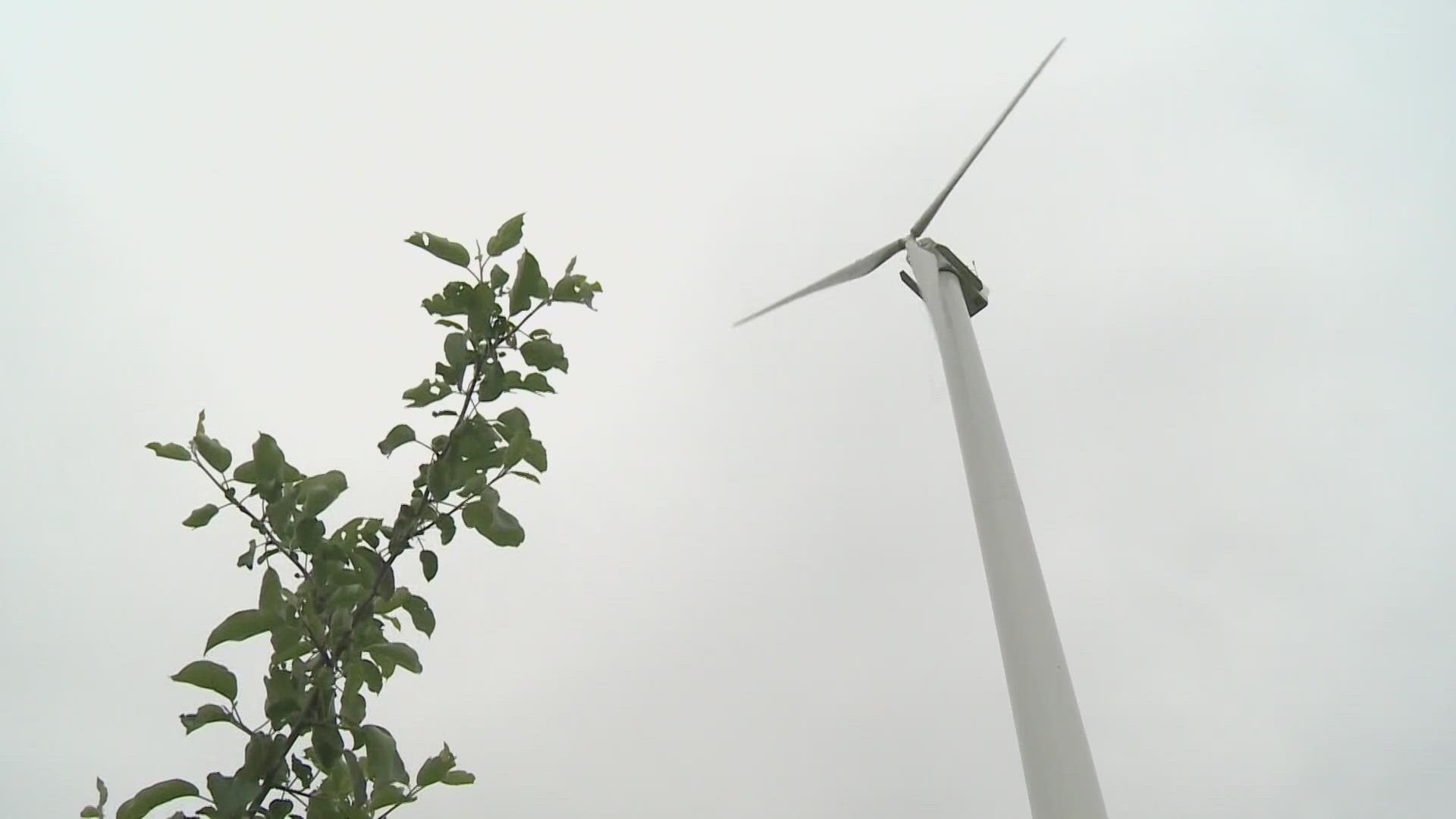PORTLAND, Maine — Maine utility regulators on Tuesday gave final approval to a wind power project that would provide enough electricity for 900,000 homes in New England along with construction of a new transmission corridor in northern Maine to get the electricity to the regional power grid.
The unanimous vote by the Maine Public Utilities Commission comes after Massachusetts endorsed the project on Dec. 30, becoming a partner and allowing the $1.8 billion costs to be shared by a larger pool of ratepayers.
Under the plan, Maine ratepayers would be responsible for 60%, or about $1 billion of the costs. The average ratepayer would pay an extra $1 per month over the first decade.
“Developing renewable resources in northern Maine is a tremendous opportunity, and one that is critical to achieving decarbonization goals in Maine and New England. With support from both Maine and Massachusetts, I’m confident the selected projects are viable and give us the best chance to achieve a successful outcome,” PUC Chair Phillip Bartlett said during the meeting.
But commissioners still had reservations over the cost. They encouraged the participation of additional parties to further defray costs from Maine ratepayers. Commissioner Patrick Scully went even further, calling for general revenue or bonds to fund such projects to ease the impact on ratepayers.
The northern Maine project is different from a separate, $1 billion proposal fully funded by Massachusetts ratepayers that calls for a proposed 145-mile (230-kilometer) transmission line in western Maine that would be a conduit for 1,200 megawatts of Canadian hydropower to reach the New England power grid.
Maine voters rebuked that project, called the New England Clean Energy Connect, and it remains mired in a legal battle.
For the new proposal, state lawmakers directed Maine utility regulators to choose the projects to boost transmission capacity and renewable energy in Aroostook County. Last fall, the PUC chose LS Power Base for a 345-kilovolt transmission project and Longroad Energy’s King Pine for a wind generation project.
Together, the net cost of the projects is $1.8 billion but they would benefit the state by lowering electricity rates, reducing dependence on fossil fuels and lowering carbon emissions, officials said. The project also allows far northern Maine to be connected to the New England regional grid for the first time.
The Natural Resources Council of Maine vehemently opposed the New England Clean Energy Connect but praised the northern Maine project because it would support Maine wind power.
“Infusing our electric grid with wind energy sourced from Aroostook County is an economic boost to local communities, a win for New England electricity consumers, and a promising example of regional collaboration on our energy future,” Jack Shapiro, NRCM’s climate and clean energy director, said.

